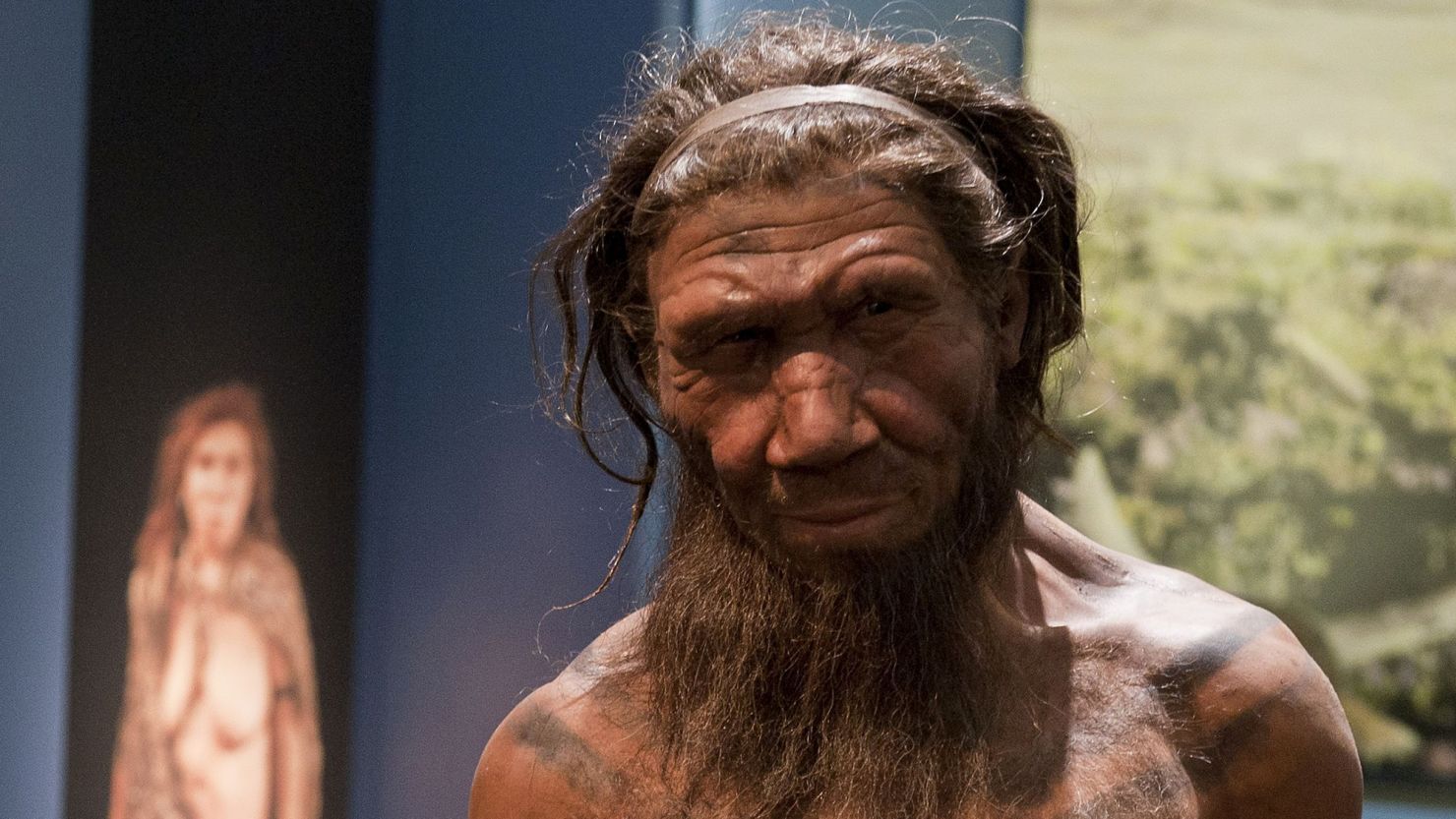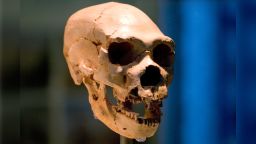Sign up for CNN’s Wonder Theory science newsletter. Explore the universe with news on fascinating discoveries, scientific advancements and more.
Early risers may have inherited genetic variants from Neanderthals that increased their odds of being morning rather than evening people, new research has found.
While the human body clock is a complex trait shaped by social and cultural norms as well as genetics, Neanderthals, who evolved at high latitudes in Europe and Asia for hundreds of thousands of years, may have been better adapted to seasonal variation in daylight compared with early Homo sapiens, or modern humans, according to a study published Thursday in the journal Genome Biology and Evolution. Early modern humans evolved in latitudes closer to the equator in Africa, where there’s less variation in daylight hours.
It’s possible the adaptation to changes in the amount of daylight was passed on to early Homo sapiens as they moved north out of Africa and encountered and interbred with Neanderthals, who went extinct some 40,000 years ago, the study authors said. And that genetic legacy may still influence variation in the human body clock and chronotype — whether you’re a night owl or a morning lark — today.
“At higher latitudes it is beneficial to have a body clock that is better able to anticipate and change to match the changing seasonal light levels. Having a ‘faster’ running clock facilitates this ability and it makes individuals more likely to rise early,” said study coauthor Tony Capra, an associate professor of epidemiology and biostatistics in the Bakar Computational Health Sciences Institute at the University of California, San Francisco, who publishes research under the name John A. Capra.
“We know from other species that live across broad ranges of latitude that their circadian clocks often adapt to the differences in light/dark cycles,” he added via email.
Analyzing ancient DNA
Researchers involved in the study analyzed DNA from the standard human genome, its Neanderthal counterpart and that of a Denisovan, another archaic human closely related to Neanderthals. By comparing the genes that influence circadian rhythms in archaic and modern DNA, they identified multiple differences in how the circadian genes linked to body clock function.
To understand whether any humans alive today still have these Neanderthal genetic variants and how they function, the researchers looked at the UK Biobank, a medical database that has genetic and other health information for hundreds of thousands of people — including self-reported data on whether they regard themselves as early risers.
“This enabled us to test whether bits of Neanderthal DNA that remain in modern populations are more common in morning people,” Capra explained.
“We found that Neanderthal DNA that remains in modern humans due to interbreeding has a significant… effect. In particular, the Neanderthal DNA that associates with chronotype consistently increases propensity to be a morning person.”
Scientists have been studying the genetic differences between archaic and modern humans since 2010, when the Neanderthal genome was sequenced for the first time. The same year, genetic sequencing of ancient DNA from a fossil also revealed the Denisovans, which were unknown prior to that time.
Some of the genetic traces left by encounters between these two species of ancient humans and early Homo sapiens are of medical relevance today. For example, a Denisovan version of the gene called EPAS1, confers an advantage for survival at high altitude and is common among present-day Tibetans.
Neanderthal DNA may play a small role in swaying the course of Covid-19 infection, research has found, and a study published in June reported a link between Neanderthal DNA and Duputytren’s disease, an abnormal thickening of tissue in the hand.








